Mammalia

Killer Whale (Orca)
Orcinus orca

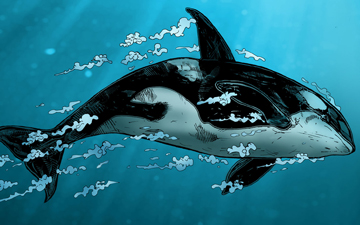
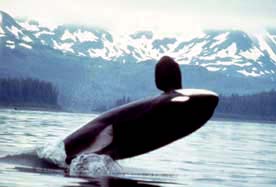
7 POINTS
• Orcinus orca has a MOVE of 2.
• Haida mythology tells of killer whales living in houses and towns under the sea.

Blue Whale
Balaenoptera musculus


8 POINTS
• Balaenoptera musculus has a MOVE of 2, and requires a KRILL species card for diet.
• Balaenoptera musculus is largest animal that lives or has ever lived on planet Earth.

Cheetah
Acinonyx jubatus

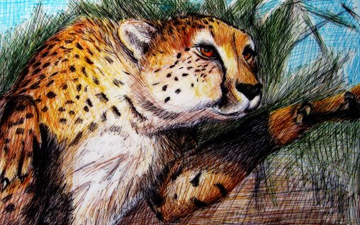
10 POINTS
• Acinonyx jubatus has a MOVE of 2.
• Acinonyx jubatu can accelerate from 0 to over 100 km/h (62 mph) in three seconds

African Bush Elephant
Loxodonta africana


4 POINTS
• Loxodonta africana has a MOVE of 2.
• Loxodonta africana is one of the largest living terrestrial animals.

Bull
Bos taurus

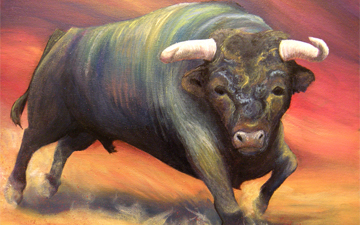
4 POINTS
• Bos taurus has a MOVE of 2. A wild, young, unmarked bull is known as a micky in Australia.

Nine-banded Armadillo
Dasypus novemcinctus

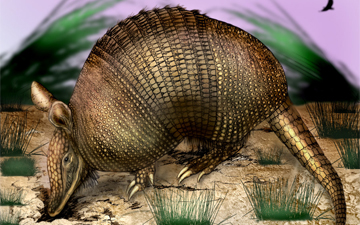
6 POINTS • Dasypus novemcinctus has a MOVE of 2. Unlike some other armadillos, Dasypus novemcinctusi cannot roll itself into a ball.